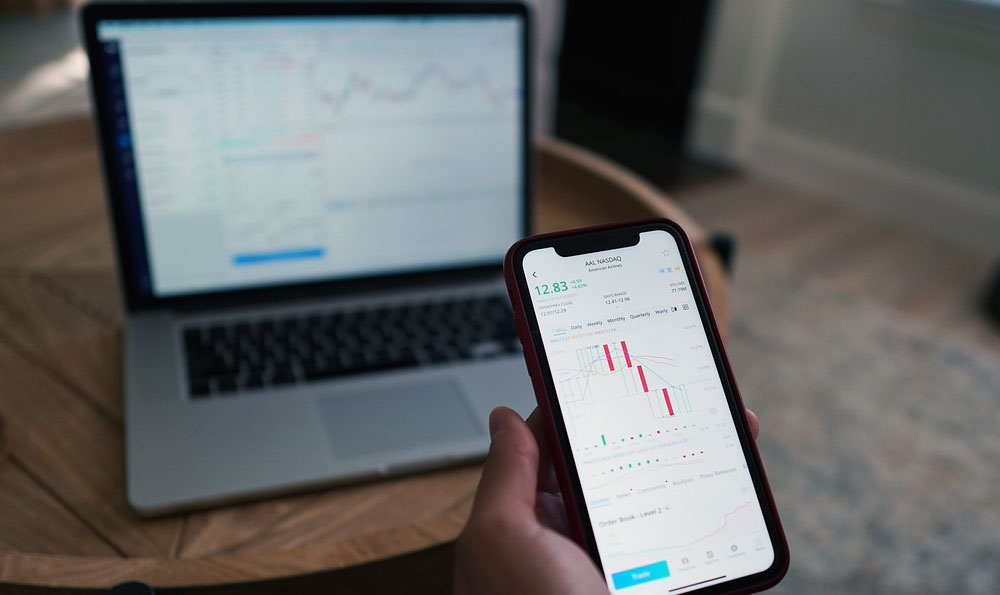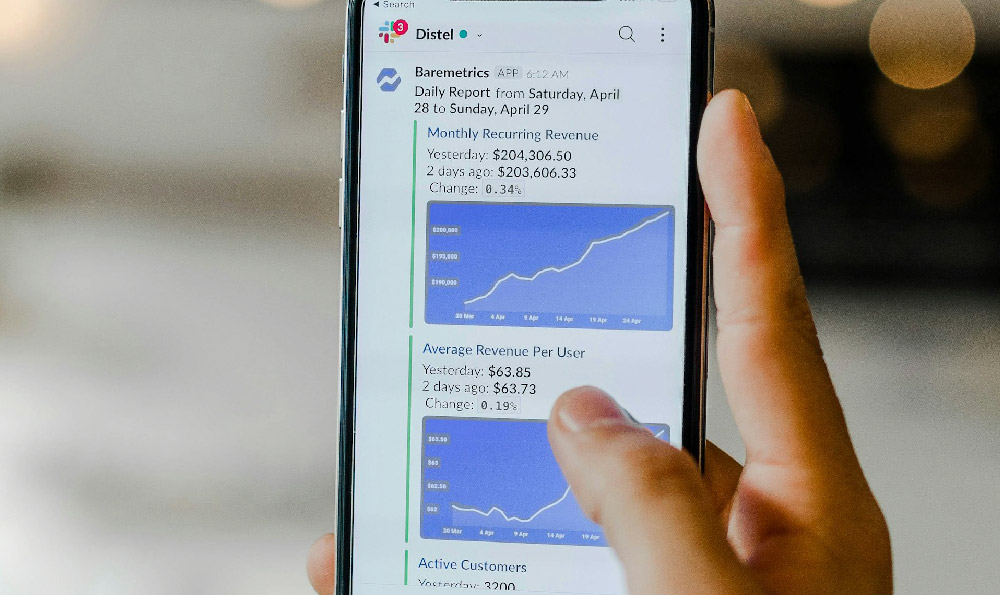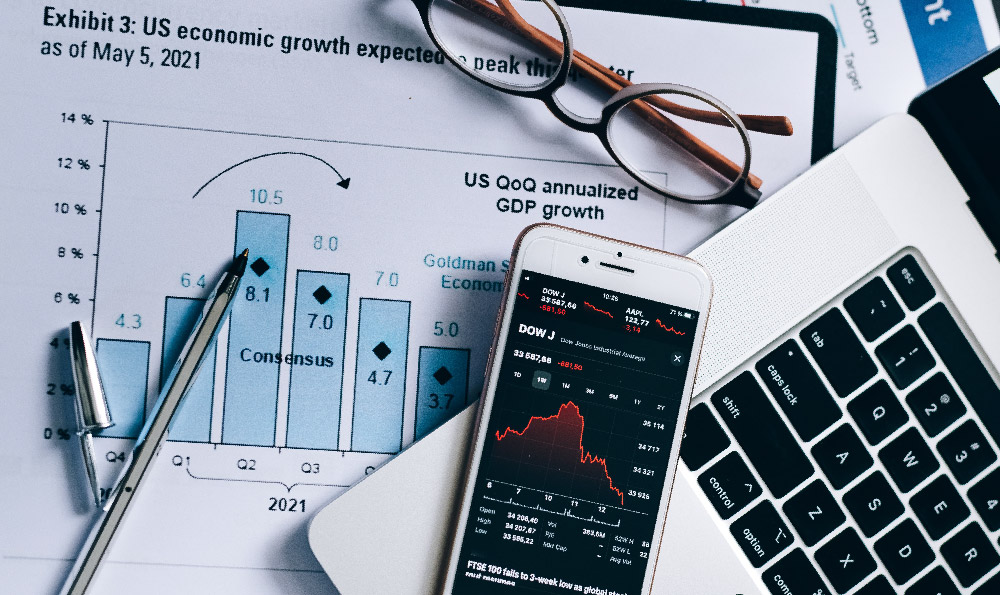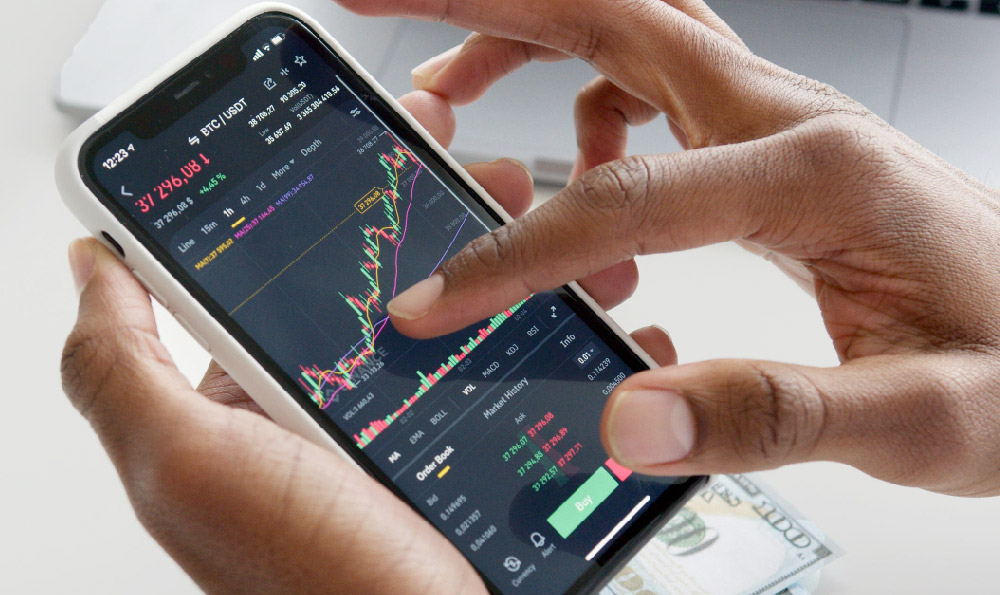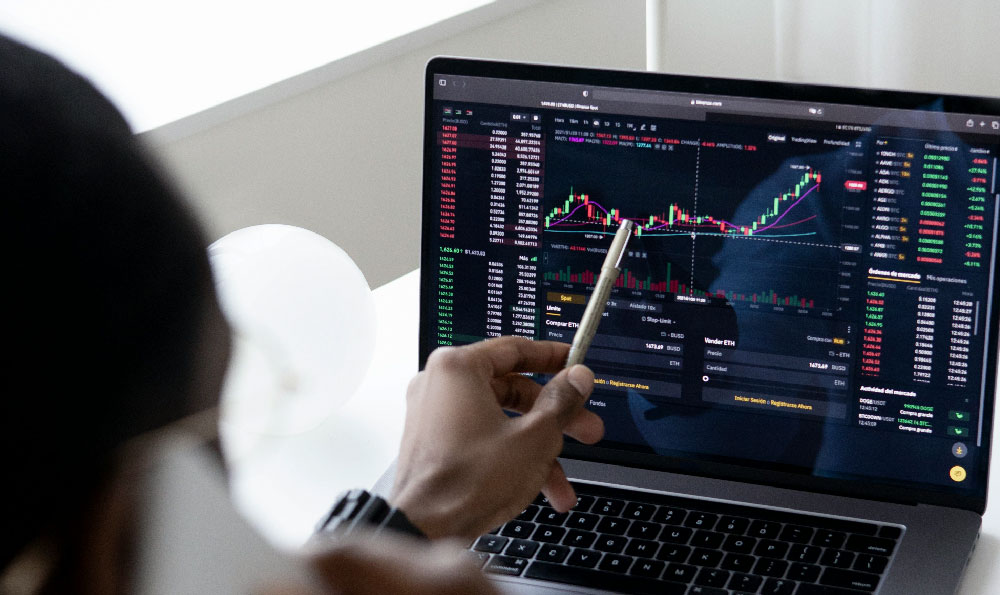Futures trading, particularly in the realm of cryptocurrencies, presents a unique combination of high potential and significant risk. The ability to profit from this form of investment hinges on a deep understanding of market dynamics, technical indicators, and strategic decision-making. While the allure of substantial earnings often draws traders into this high-stakes arena, it is essential to approach it with a measured perspective that balances ambition with prudence. The first step in grasping how much can be earned involves recognizing that the cryptocurrency market's volatility is both its greatest opportunity and its most formidable challenge. Unlike traditional markets, which are influenced by macroeconomic factors and stable regulatory environments, crypto futures operate within a landscape marked by rapid price swings, speculative sentiment, and unpredictable news cycles. These fluctuations can create opportunities for exponential gains, but they also amplify the potential for severe losses. A trader must therefore assess their risk tolerance and financial goals before engaging in futures trading, as the market's nature demands adaptability and discipline.
Understanding the earnings potential of futures trading requires an analysis of several key factors that shape market behavior. One of the most critical elements is the level of liquidity within the trading pair. Cryptocurrencies with high trading volumes, such as Bitcoin and Ethereum, tend to offer tighter spreads and more stable price movements, which can enhance profitability. Conversely, altcoins with lower liquidity may experience extreme price gaps, making them less predictable. Another factor is the accuracy of technical indicators, which provide insights into market trends and price patterns. Tools like moving averages, relative strength index (RSI), and Bollinger Bands help traders identify entry and exit points, but their effectiveness is contingent on proper interpretation. For instance, a trader might use RSI to gauge overbought or oversold conditions, but failing to account for market sentiment or news events could lead to misinformed decisions. Additionally, the time horizon of the trade plays a vital role in earnings potential. Short-term trades, often spanning minutes or hours, may capitalize on rapid movements but require constant monitoring and quick execution. Long-term strategies, on the other hand, focus on broader trends and macroeconomic shifts, potentially offering more modest but consistent returns. The interplay of these factors means that earnings in futures trading are not predetermined, but rather emerge from a complex web of market forces and individual expertise.
To maximize earnings in futures trading, traders must adopt strategies that align with their risk preferences and market analysis. Diversification across multiple assets is a common approach, as it reduces exposure to the volatility of any single cryptocurrency. However, over-diversification can dilute returns and complicate portfolio management. A more nuanced strategy involves leveraging the use of stop-loss orders to limit downside risk while maintaining exposure to upward trends. For example, a trader might set a stop-loss at a predetermined percentage below the entry price to protect against abrupt market declines. Another effective method is the use of multi-timeframe analysis, where traders evaluate both short-term and long-term charts to identify trends that may persist over extended periods. This approach allows for a more holistic view of market conditions, enabling informed decisions that balance timing and risk. Additionally, traders should consider the impact of leverage, which can amplify both gains and losses. While higher leverage can increase potential returns, it also escalates risk, requiring strict risk management protocols to avoid margin calls or forced liquidation. The key to a successful strategy lies in understanding these nuances and applying them consistently, rather than relying on luck or speculative bets.

Risk management is the cornerstone of sustainable earnings in futures trading. Without a robust framework to mitigate risks, even the most advantageous market opportunities can lead to catastrophic losses. One fundamental principle of risk management is the allocation of capital based on risk tolerance. Traders should avoid overcommitting funds to high-risk trades, reserving capital for positions that align with their financial goals and risk appetite. Another critical aspect is the importance of market monitoring, as news events and regulatory changes can have immediate and profound effects on cryptocurrency prices. For instance, a sudden announcement of a new regulatory framework or a major technological advancement in a blockchain project can trigger significant market movements. Staying informed about these developments enables traders to adjust their strategies in real time, minimizing exposure to unexpected volatility. Additionally, the use of trailing stop orders can help protect profits while allowing for continued growth in a trending market. These orders automatically adjust the stop-loss level as the price moves in a favorable direction, ensuring that gains are locked in while avoiding sharp reversals. By integrating these risk management techniques, traders can navigate the complexities of futures trading with confidence, safeguarding their investments against market uncertainties.
Despite the potential for substantial earnings, futures trading is fraught with pitfalls that can erode profits or lead to significant financial loss. One of the most common traps is overtrading, where excessive participation in the market leads to cognitive fatigue and poor decision-making. Traders who frequently enter and exit positions often fail to capitalize on long-term trends, instead focusing on short-term fluctuations that may not yield sustainable returns. Another danger is the lack of a solid grasp on basic market principles, which can result in speculative bets rather than strategic trades. For example, a trader might enter a position based on hype or social media trends without conducting thorough research, leading to potential losses when the market corrects. Additionally, the temptation to chase profits can drive traders into near-term risks, such as buying high during a bullish phase or selling low during a market downturn. This behavioral bias, known as the "endowment effect," can distort judgment and lead to suboptimal outcomes. To avoid these traps, traders must cultivate a disciplined approach, grounded in fundamental analysis and psychological resilience. By prioritizing education, self-awareness, and strategic patience, they can navigate the volatile waters of futures trading with a focus on long-term success rather than short-term gains.
In conclusion, the earnings potential of futures trading is closely tied to market volatility, strategic decision-making, and risk management. While the allure of substantial returns is enticing, it requires a thoughtful approach that combines technical analysis with a deep understanding of market forces. Traders who succeed in this environment are not those who blindly chase profits, but rather those who approach it with a measured mindset, informed by research and disciplined by strategy. The journey of futures trading is as much about navigating risks as it is about capturing opportunities, and those who master this balance are the ones who achieve consistent growth. By embracing these principles, traders can unlock the full potential of futures trading, transforming it from a speculative endeavor into a strategic pursuit of financial success.


